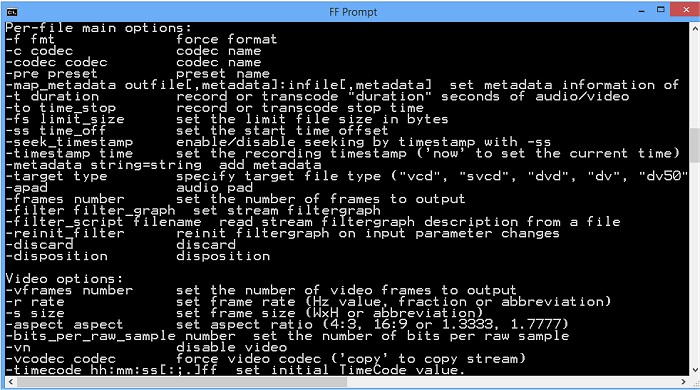FFmpeg 8.0 was released on August 22, 2025, as a powerful and versatile command-line tool for converting multimedia files across various formats. Recognized as a leading multimedia framework, FFmpeg can decode, encode, transcode, mux, demux, stream, filter, and play an extensive range of audio and video formats, from ancient to modern. It accommodates formats developed by standards organizations, community efforts, and corporate entities alike.
The FFmpeg suite includes essential libraries such as libavcodec, libavutil, libavformat, libavfilter, libavdevice, libswscale, and libswresample. These libraries can be utilized by applications as well as the command-line tools ffmpeg, ffserver, ffplay, and ffprobe, which are designed for end users to perform transcoding, streaming, and playback tasks. The project aims to provide the most technically capable solutions for developers and users by integrating the best available free software options. The author emphasizes a streamlined codebase to minimize dependencies on external libraries while maximizing code sharing within FFmpeg. The framework supports diverse choices, allowing users to determine the best options for their needs.
FFmpeg is distributed in 7z format, requiring a third-party application for file extraction.
In addition to its core functionalities, FFmpeg serves as a valuable resource for users looking to enhance their multimedia experiences. For instance, it can be combined with other tools like VLC Media Player for audio or video conversion, and users can also explore features such as enabling Windows Sonic Surround Sound or diagnosing audio latency issues on Windows 10 and 11. As multimedia technology continues to evolve, FFmpeg remains at the forefront, adapting to new formats and user demands, thereby solidifying its position as an essential tool in the digital media landscape
The FFmpeg suite includes essential libraries such as libavcodec, libavutil, libavformat, libavfilter, libavdevice, libswscale, and libswresample. These libraries can be utilized by applications as well as the command-line tools ffmpeg, ffserver, ffplay, and ffprobe, which are designed for end users to perform transcoding, streaming, and playback tasks. The project aims to provide the most technically capable solutions for developers and users by integrating the best available free software options. The author emphasizes a streamlined codebase to minimize dependencies on external libraries while maximizing code sharing within FFmpeg. The framework supports diverse choices, allowing users to determine the best options for their needs.
FFmpeg is distributed in 7z format, requiring a third-party application for file extraction.
In addition to its core functionalities, FFmpeg serves as a valuable resource for users looking to enhance their multimedia experiences. For instance, it can be combined with other tools like VLC Media Player for audio or video conversion, and users can also explore features such as enabling Windows Sonic Surround Sound or diagnosing audio latency issues on Windows 10 and 11. As multimedia technology continues to evolve, FFmpeg remains at the forefront, adapting to new formats and user demands, thereby solidifying its position as an essential tool in the digital media landscape
FFmpeg 8.0-2025-08-22 released
FFmpeg is a freeware command-line tool to convert multimedia files between formats.


